Platelet-rich plasma (PRP) therapy has emerged as a excellent non-surgical treatment for hair loss, offering a natural and minimally invasive solution for individuals suffering from various types of alopecia. PRP for hair loss treatment involves extracting a small volume of blood from the patient, which is then processed in a centrifuge to separate and concentrate the platelets, creating a platelet-rich plasma. This plasma, rich in growth factors and bioactive proteins, is then injected into the affected areas of the scalp to stimulate hair regrowth and promote healing.
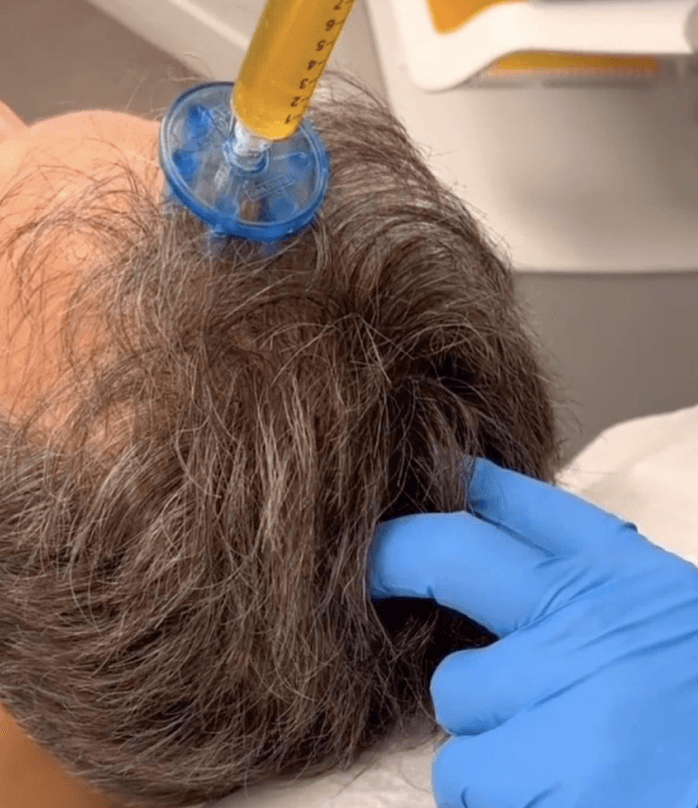
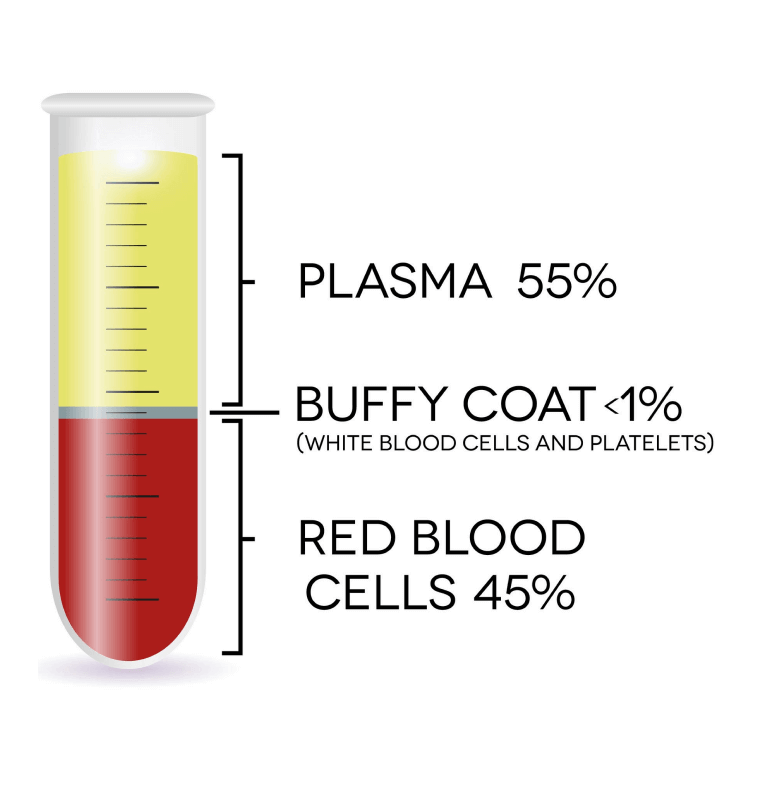
The science behind PRP therapy is based on the regenerative properties of platelets, which play a crucial role in the body’s natural healing processes. These platelets release growth factors that stimulate the proliferation of hair follicle cells, improve blood circulation, and prolong the anagen phase of hair growth, leading to thicker and healthier hair.
PRP therapy is suitable for both men and women experiencing hair loss or thinning hair and is often used in conjunction with other hair loss treatments, such as minoxidil or finasteride, for optimal results. The treatment typically requires 3 sessions, spaced a few weeks apart, and maintenance treatments may be needed to ensure continued success.
While PRP therapy is generally considered safe with minimal side effects, results may vary depending on the individual and the severity of hair loss.
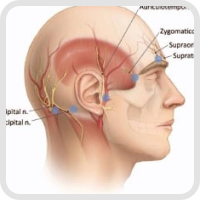
Our board-certified anesthesiologist will do a full anesthetic scalp block to ensure that your procedure is completely painless. (No nitrous oxide or cryo.)
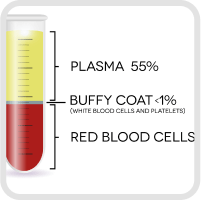
Many hair loss PRP treatments are created using simple off the shelf kits which create low platelet concentrations and even combine the PRP with platelet poor plasma resulting in plain plasma. We use a high-quality PRP process (double spin) creating highly concentrated PRP and then we send a sample of your PRP for independent lab analysis to ensure that you are getting the highest quality product.

PRP photobiomodulation is thought to stimulate the growth factors within the PRP. All our PRP samples are photobiomodulated prior to use.

a. Oral prescription medications. Recent groundbreaking research(1) has shown that certain antihypertensive medications when taken orally in very low doses, can dramatically improve hair growth. We prescribe these medications to our patients as part of a comprehensive treatment plan.
b. Topical serums. We also prescribe customized prescription topical hair serums that have been shown to stimulate hair growth as part of our solution.
c. Oral Supplements. We supply specialized supplements for your hair for that extra nutritional boost to optimize your hair growth.
(1) Sinclair, R. Female pattern hair loss: a pilot study investigating combination therapy with low-dose oral minoxidil and spironolactone; Int J Dermatol 2018 Jan;57(1):104-109. Link to article.

Our Harvard trained Medical Director is triple board-certified in Regenerative Medicine, Anesthesiology, and Pain Medicine.
There is generally no significant difference between PRP treatment for hair loss in women and men, as both can benefit from the procedure. However, the underlying causes of hair loss can vary between men and women, with male pattern baldness being the most common cause of hair loss in men, and female pattern hair loss being the most common cause in women. Additionally, the degree of hair loss and the response to treatment can differ between the genders. Therefore, the PRP treatment plan may need to be customized based on the specific needs and goals of each patient, regardless of their gender.
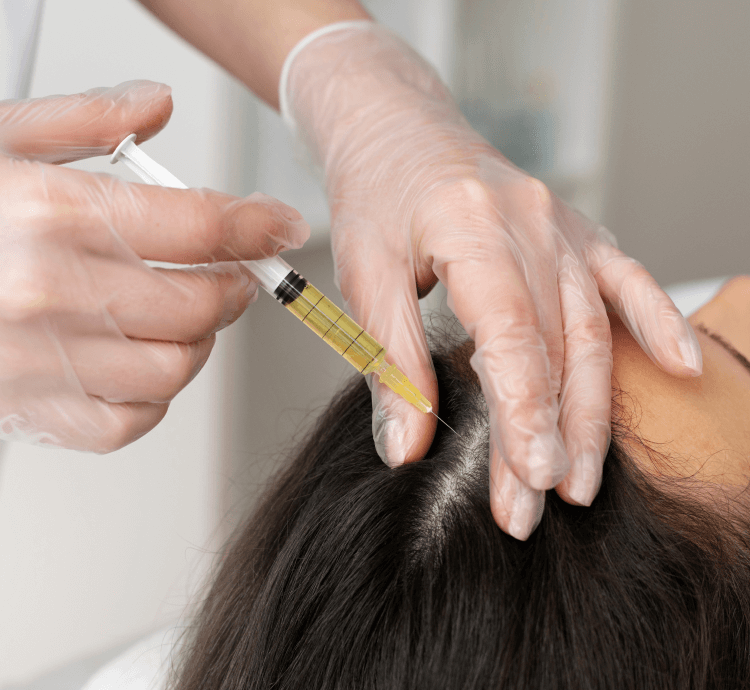
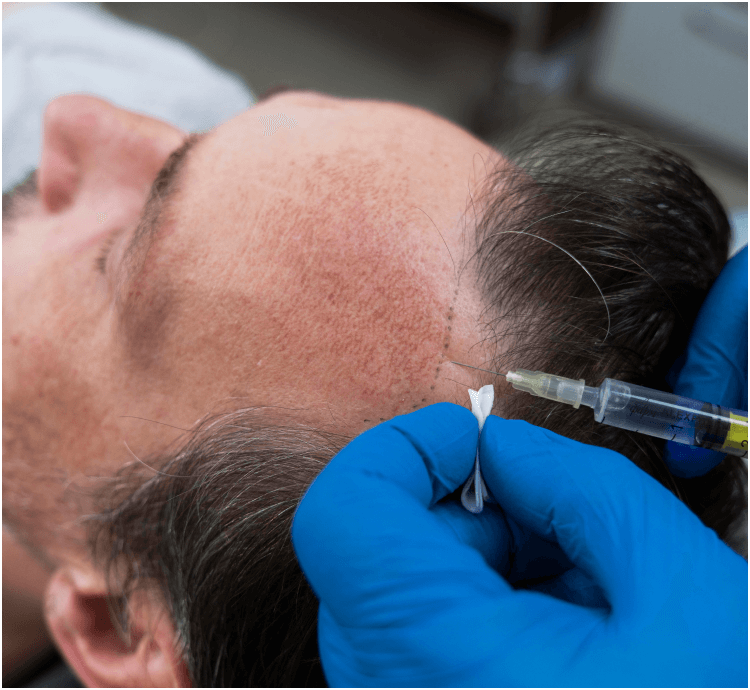
Male and female hair loss differ in patterns, causes, and prevalence. Male pattern hair loss, or androgenetic alopecia, typically manifests as a receding hairline and balding on the crown, caused by a combination of genetics and hormonal factors, particularly dihydrotestosterone (DHT). Female pattern hair loss, also linked to genetics and hormonal imbalances, usually presents as diffuse thinning across the scalp, maintaining the frontal hairline. While male hair loss is more common and often more severe, female hair loss may be influenced by factors such as pregnancy, menopause, and the use of certain contraceptives or medications.
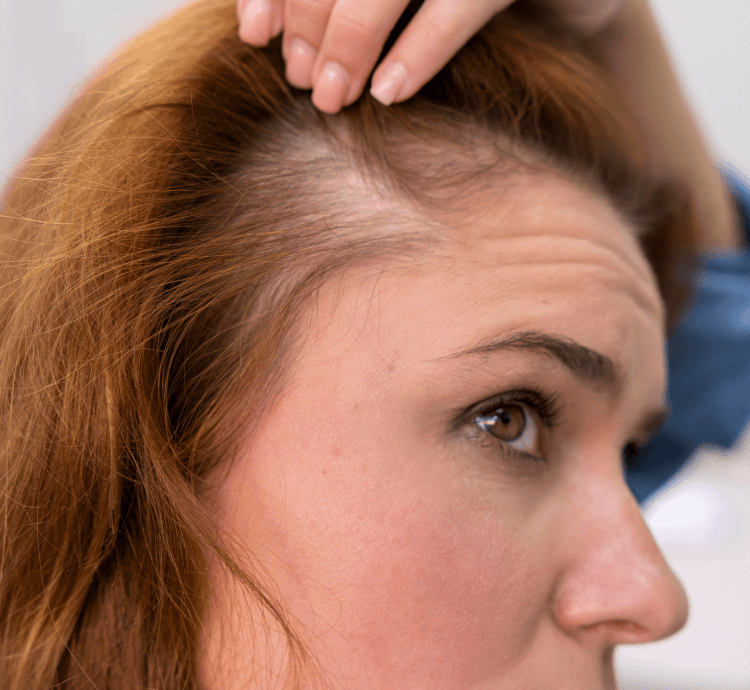
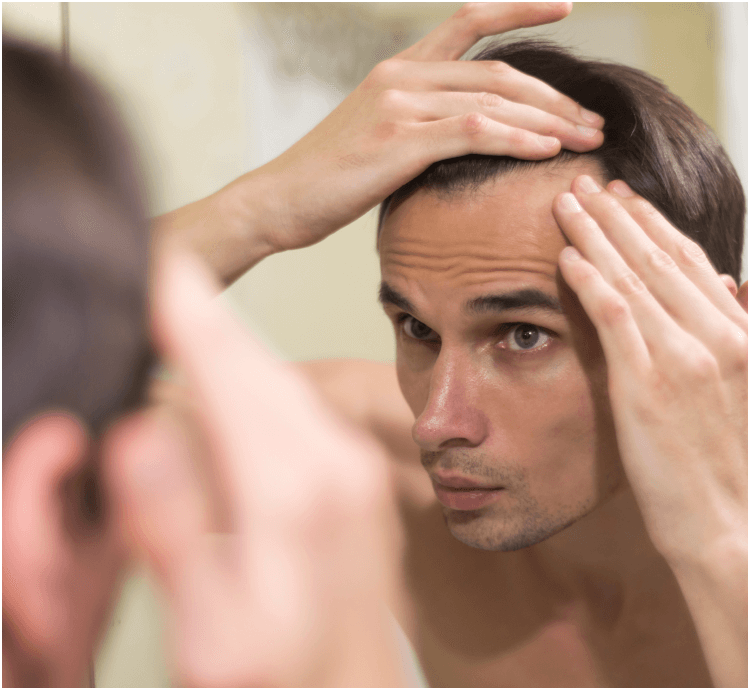
IMPORTANT! This information is for educational purposes only and is NOT intended to replace the care or advice given by your physician. Boston Applied Biologics is not offering regenerative cell therapy or other regenerative therapies as a cure for any condition, disease, or injury. No statements or implied treatments on this website have been evaluated or approved by the FDA. This website contains no medical advice. All statements and opinions provided by this website are provided for educational and informational purposes only and we do not diagnose or treat via this website or via telephone. We do not claim that any applications, or potential applications, using autologous regenerative cells and other regenerative cells are approved by the FDA, or are even effective. We do not claim that these treatments work for any listed nor unlisted condition, intended or implied. Always seek the advice of your physician or other qualified health provider before starting any new treatment or with any questions you may have regarding a medical condition. For more information see our Medical Disclaimer.
Copyright © 2025 Boston Applied Biologics, LLC. All Rights Reserved.

How Orthobiologic Therapy can relieve your joint, muscle and tendon pain without surgery so that you can get back to enjoying your life*
We are committed to your privacy. Boston Applied Biologics uses the information you provide us to contact you about relevant content, products, and services. By providing us with your information you are consenting to the collection and use of your information in accordance with our Terms of Service and Privacy Policy. You may unsubscribe from these communications at any time.